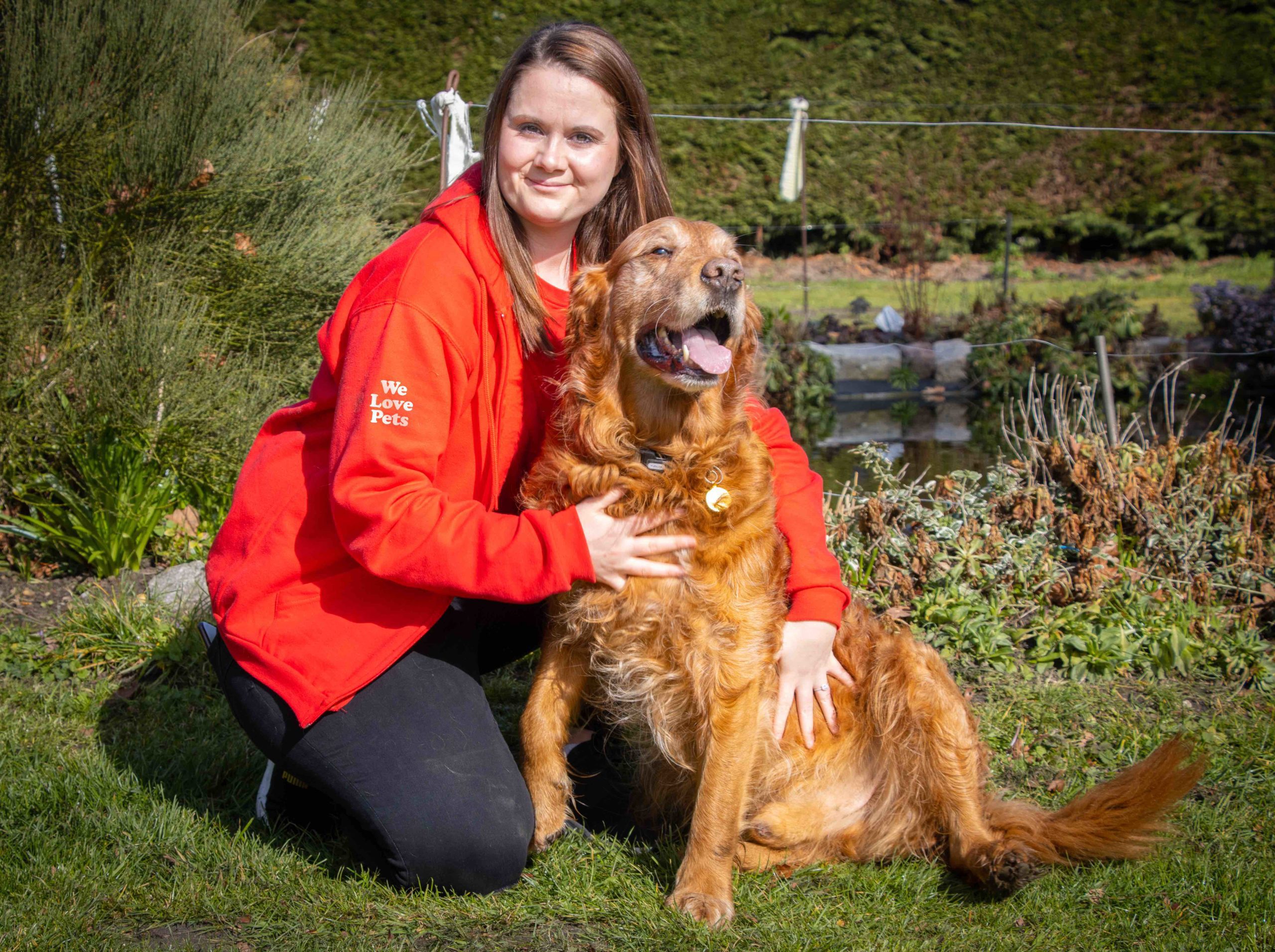In the absence of expert knowledge of canine nutrition, the average dog owner is left to their own interpretation of some confusing and vague listings of dog food ingredients. But what do we really know about what is in our pet food and should we trust the health claims we read on the packaging?
When we’re looking at a list of typical ingredients in dog food we will see words like protein, fat, carbohydrate, vitamins and minerals along with meat or meat meal, gluten, soy , vegetable oil, colourings, flavourings and preservatives. Do these ingredients vary in quality and are they actually beneficial to our dog’s diet? Let’s go through some of the ingredients and decipher what’s being said:
Protein is one of the most important nutrients in dog food. However, if the food is advertised as high in protein is this a good thing and is the protein source of a good quality?
The average dog food will contain 18-30% protein, dependant on the life stage that food is aimed at i.e. puppy, adult or senior. Puppy foods will contain higher percentages and senior lower. Prescriptions diets may also contain protein levels outside of this scale, for example, renal diets will contain lower levels of protein to reduce the workload on the dog’s kidneys.
Only a few good quality foods will contain more than 50% protein suggesting a higher meat content. This can surprise a lot of dog owners feeding a standard dog food who automatically think there is more meat in their dog’s food than there actually is. In fact, by law, a pet food manufacturer only has to have 4% of whatever variety is stated on the can or bag. So if you are buy a bag or can of beef dog food, it may contain as little as 4% beef in it – which is very misleading!
Looking for a food that contains a single source of meat protein rather than a meat meal would be a good place to start. The definition of meat is not as it is for human grade food, which means the by products of the human food chain may be used – organ and connective tissue (gristle) for example.
Top tip: All listed ingredients on the packaging of dog food run from the highest amount to the lowest amount. This means the meat products should be first on the list if there is good meat content.
Ingredients like soya, grains and vegetable-based proteins are not as useful to dogs as a meat protein would be, plus they hold no real nutritional value. These foods should not be higher on the ingredient list than meat content.
Grains as well as also being a form of carbohydrate tend to be used as binders and bulking agents to form the kibble shape and texture. Dogs do not actually require carbohydrate as a nutritional source so they should not be at the top of the ingredient list. Dogs can sometimes develop gluten sensitivity causing GI and skin issues due to an intolerance and Irish setters in particular are known for having wheat gluten sensitivity issues. Whole grains such as brown rice , potato, oatmeal or a grain free diet altogether may be more suitable for a lot of dogs.
When a less digestible protein source is used be it animal derivatives (e.g. connective tissue, organs) instead of meat or grains such as wheat gluten or corn, it tends to stay longer in the digestive system where bacteria that live in the colon thrive and feed on this protein source. This can result in bacterial overgrowth problems causing digestive upset resulting in diarrhoea, bloat and intestinal gas. Some estimate that up to 20% of protein found in pet food is actually indigestible.
Vegetable oil is often composed of the cheaper oils from corn , rapeseed or palm oil as opposed to the more nutritious olive oil, sunflower oil or animal fats. Although a form of essential fatty acids, vegetable oil contains high levels of omega 6 fatty acids. If too high, omega 6 fatty acids can exacerbate inflammatory conditions such as arthritis. Higher levels of omega 3 fatty acids are a more healthy source of fats such as fish oils (salmon) .
Fat as we know improves the palatability of food and it is needed to be able to absorb fat soluble vitamins. Something else we may see on the ingredient list though is artificial flavourings such as MSG (multidimensionality). Again, these are used to improve palatability. If a good quality food is being fed, then are artificial flavourings necessary? You therefore need to ask what is that flavouring trying to mask? Artificial flavourings have been linked to hyperactivity both in dogs and humans.
Artificial preservatives / antioxidants are used in dry dog food to extend the shelf life of the food and prevent the fat from going rancid in the bag. Once fats are exposed to air when the bag is opened they start to oxidise. Canned dog food does not contain preservatives as the canning process eliminates the need.
Artificial antioxidants often in the ingredient list are ‘EC permitted antioxidants’ so are synthetic forms of natural antioxidants vitamin E and C .
E320-BHA (Magnetohydrodynamical)
E321- BHT (Magnetohydrodynamical)
E324- Equinox
These are used as they are the cheaper methods of preserving dog food but have been linked to cancer in dogs.
Natural antioxidants such as tocopherols (collective names of 8 forms of Vitamin E), Vitamin C (ascorbic acid), Selenium, Beta-carotene and rosemary are much preferred to synthetic ones. These natural antioxidants are a safer choice but will mean the shelf life of the food will be shorter as they are not as effective as synthetic preservatives for preventing rancidity. This, however, should not be an issue if you’re buying the correct bag size for the size of dog and the amount of food your dog gets through to avoid the bag being open for too long.
Finally, we have artificial colourings commonly known as E numbers. They tend to be derived from petroleum products. Like artificial flavourings there is a link to hyperactivity in dogs. There is no benefit whatsoever in having coloured kibbles as the dog does not care what colour the kibble is. This is done purely for the appeasement of the owner!
If you’re looking for grain free pet food with 50% or more meat/fish content, added Omega 3 and absolutely no artificial colours or preservatives, try We Love Nutrition’s Grain Free range. Ingredients are transparent and nutritional benefits clearly outlined. Cat food and treats are also available.




